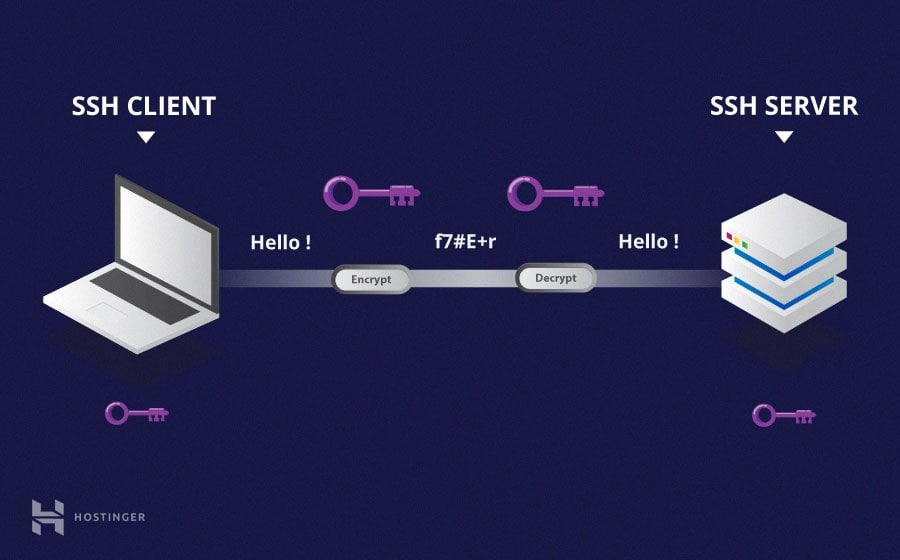

The security gateway can even be configured to disallow connections to sites where this validation cannot take place. The security gateway ensures the connection between it and the destination site hasn’t been tampered with by validating the server certificate the same way a regular web browser would. For most web (looking) traffic, provided you can easily distribute a new Certificate Authority to client PCs, end users will be none the wiser their HTTPS is being inspected unless they check the “lock” on their browser to see what Certificate Authority signed the key of the remote server. While SSH Inspection provides more visibility and control, there are some tradeoffs you should be aware of.įirst, a brief explanation of what happens to web traffic when HTTPS is man-in-the-middled by a security gateway. Throughout this post, I am going to refer to the general technology as SSH Inspection but my comments apply to both implementations.Ĭonceptually, SSH and HTTPS are man-in-the-middled in similar fashions even though the underlying protocols are very different. Palo Alto Networks calls their similar feature SSH Decryption. To mitigate this threat, security gateways can man-in-the-middle HTTPS and SSH to “see” inside the traffic and make further security decisions on it.įortinet has a feature called SSH Inspection that performs this man-in-the-middle on SSH. SSH represents a potential way to bypass security controls, in much the same way as HTTPS. If you’re so inclined, you can even use an SSH tunnel as a SOCKS proxy.Īnd therein lies the problem. It is encrypted, if set up properly, I can verify I am talking to the correct server using mutual key exchange and I can tunnel all kinds of stuff over it. Launch Putty and enter your server IP Address in the Host name (or IP address) field.SSH is a wonderful tool for accessing remote systems via a CLI.
#Creating an ssh proxy decryption policy windows
Windows users can create an SSH tunnel using the PuTTY SSH client. You can set up an SSH key-based authenticationĪnd connect to your server without entering a password. After entering it, you will be logged in to your server and the SSH tunnel will be established. Once you run the command, you’ll be prompted to enter your user password. If your SSH server is listening on a port other than 22.To run the command in the background use the -f option.- Your remote SSH user and server IP address.-D 9090 - Opens a SOCKS tunnel on the specified port number.


#Creating an ssh proxy decryption policy software
One option is to use a VPN, but that requires installing client software on your machine and setting up your own VPN server There are times when you want to browse the Internet privately, access geo-restricted content or bypass any intermediate firewalls your network might be enforcing.


 0 kommentar(er)
0 kommentar(er)
